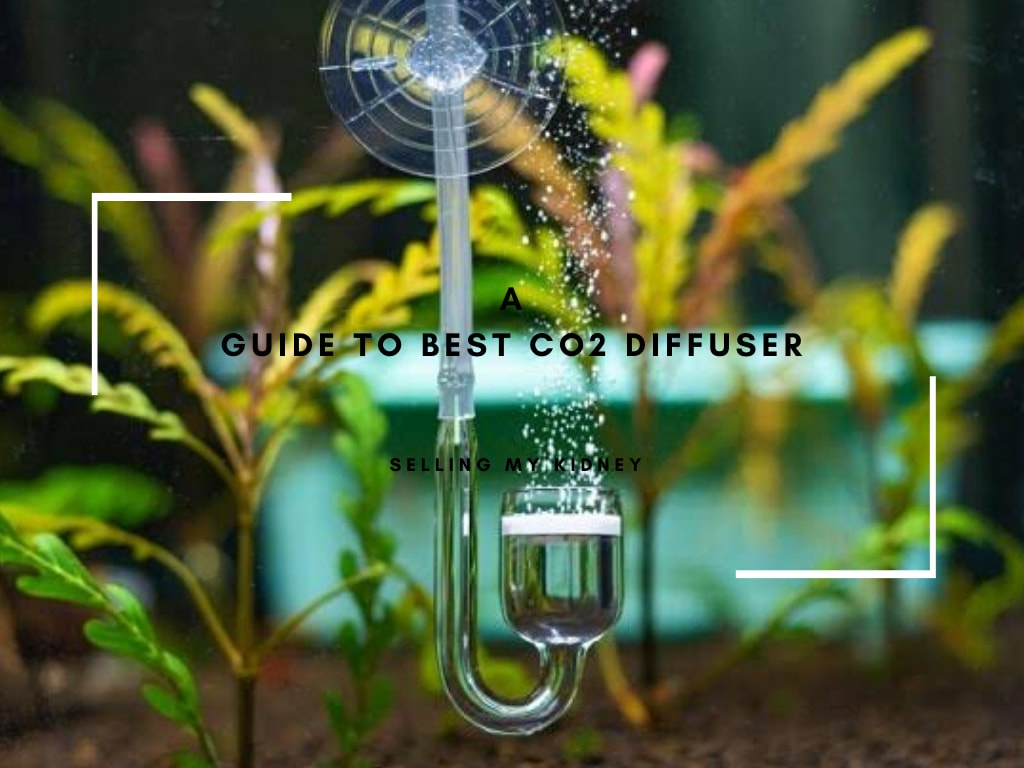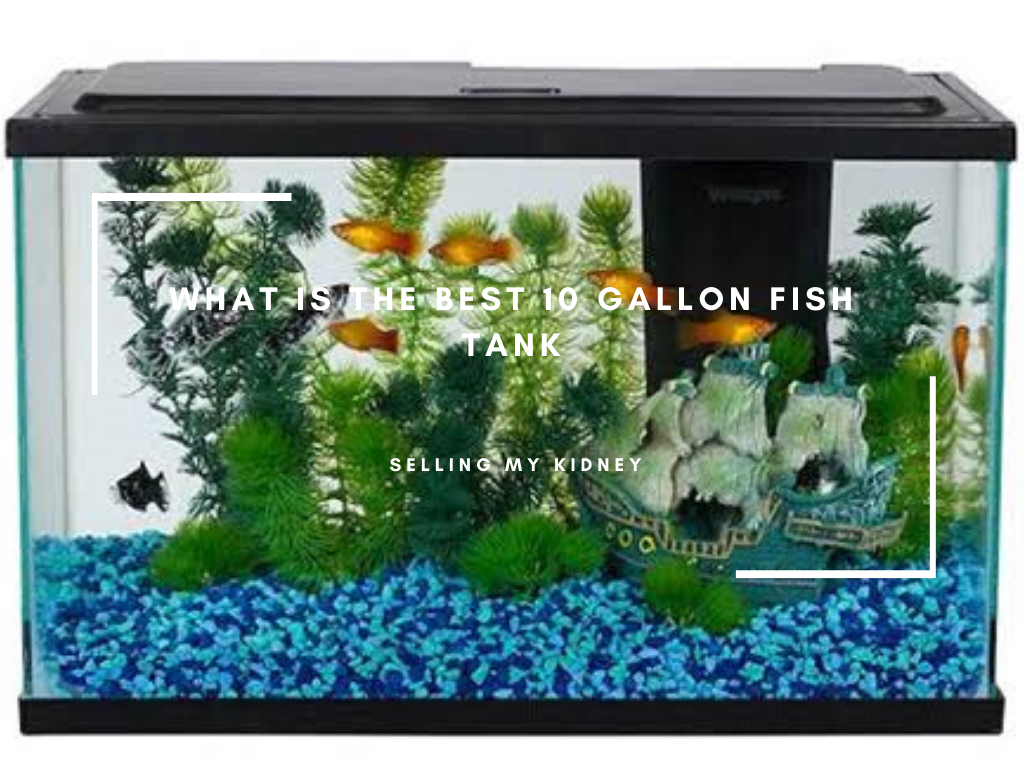Yes, you can use charcoal as an aquarium filter!
It is a safe and effective way to keep your tank clean.
Charcoal helps remove toxins from the water, such as ammonia and nitrates.
It also removes odors that may be present in the tank.
Additionally, activated carbon will help maintain clear water by removing discoloration caused by organic matter or other pollutants.
The benefits of using charcoal include the following:
- Improved water clarity.
- Reduced levels of harmful chemicals like chlorine.
- Better oxygenation for fish health.
- Fewer algae bloom due to fewer nutrients available for growth.
It is one of the best options for improving filtration in any size aquarium – small or large!
The Pros And Cons Of Using Charcoal As An Aquarium Filter
Using charcoal as an aquarium filter has both pros and cons.
Pros include: it is inexpensive, easy to use, and helps remove odors from the water;
Cons include: needs frequent replacement (every 4-6 weeks) and can cause pH levels in the tank to drop if not monitored closely.
Pros of using Charcoal for Aquarium Filtration
- Inexpensive – It’s one of the most affordable filtration options available in today’s market
- Easy To Use – Place a bag or container filled with activated carbon into your fish tank.
- Removes Odor From Water – Activated Carbon absorbs organic compounds responsible for bad smells from tanks.
Cons Of Using Charcoal For Aquarium Filtration
- Needs Frequent Replacement – The effectiveness of activated carbon decreases over time, so you need to replace it every 4-6 weeks, depending on how heavily stocked your aquarium is
- Can Cause Ph Levels To Drop If Not Monitored Closely – When used too long without replacing, activated carbon will start releasing some minerals back into water which could lead to lower PH levels than desired.
DIY Aquarium Filter Using Charcoal
DIY aquarium filters using charcoal are a great way to keep your fish tank clean and healthy.
Charcoal is an effective filter material that helps remove toxins, odors, discoloration, and other impurities from the water in your tank.
Here’s what you need:
- Charcoal – Activated carbon or bio-char works best;
- Filter media (such as sponges);
- Pipe fittings for connecting pieces of pipe;
- A container large enough to hold all components of the filter system;
- An air pump with tubing attached.
To assemble the DIY aquarium filter:
- Place some activated charcoal into a mesh bag or sock, so it can be easily removed when needed
- Connect one end of PVC piping to an elbow fitting
- Attach another piece of PVC piping at the right angles
- Insert sponge(s), and ceramic rings, inside this section
- Securely attach the remaining sections
- Add more filtration materials if desired
- Finally, connect the air tube
- Put everything in its place
- Plug-in power supply
- Turn on the air pump
- Monitor regularly!
With regular maintenance, these homemade filters will help maintain crystal-clear water quality while keeping harmful bacteria away from your precious aquatic friends!
How To Use Charcoal Safely In Your Aquarium Filter
Charcoal in your aquarium filter is a great way to keep the water clean and healthy.
Here are some tips on how to use it safely:
- Make sure you buy activated carbon, not regular charcoal briquettes used for grilling;
- Rinse off any dust or debris before adding it to the tank;
- Place only enough of the product needed – too much can cause an imbalance in pH levels;
- Change out old carbon every 4-6 weeks as its effectiveness decreases over time;
- Monitor ammonia and nitrate levels regularly when using this type of filtration system so that they don’t become toxic for fish in your tank!
Finally, follow manufacturer instructions carefully when setting up or maintaining your aquarium filter with charcoal media.
Doing otherwise could lead to serious consequences, such as death among aquatic life forms within tanks due to their inability to tolerate certain chemical changes caused by improper usage methods employed during setup/maintenance processes involving these types of products being utilized therein!
The Importance Of Choosing The Right Type Of Charcoal For Aquarium Filtering
Choosing the right type of charcoal for aquarium filtering is very important.
Charcoal helps to remove toxins, odors, and discoloration from water in an aquarium.
It also provides a natural way to keep your tank clean and healthy by removing harmful chemicals like ammonia, nitrates, phosphates, and heavy metals that can be toxic to fish or other aquatic life forms.
Here are some tips on choosing the best type of charcoal:
- Choose activated carbon – Activated carbon has been treated with oxygen which makes it more porous than regular charcoals so that it absorbs impurities better;
- Look for high-quality products – Make sure you buy good quality brands as they will last longer before needing replacement;
- Consider the size – The smaller particles have a higher surface area, meaning they absorb pollutants faster but may clog filters quicker too;
- Check compatibility – Some types of filter media won’t work well together. So ensure all components used are compatible (e.g., don’t mix different sizes).
Finally, remember not to overuse charcoal because if there’s too much present, beneficial bacteria needed for biological filtration could deplete, leading to poor water conditions!
Charcoal Vs. Chemical Filtration In Aquariums: The Differences
Charcoal and chemical filtration are two different methods used to filter aquarium water.
Charcoal is a natural material that absorbs impurities from water. At the same time, chemical filtration uses chemicals such as activated carbon or resins to remove pollutants.
Both types of filters can be effective in removing toxins, but they have some key differences:
- Chemical Filtration removes more contaminants than charcoal. It can capture smaller particles like ammonia and nitrates, which charcoal may not remove.
- Chemical Filters require regular maintenance because the media needs replacing every few months. Whereas, with charcoal, you only need occasional replacement when needed.
- Chemical Filtration also requires careful monitoring since too much filtering could lead to an imbalance in pH levels.
- Charcoal is cheaper than most other forms of Aquarium Filter Media, so if cost-effectiveness matters, this is your best option!
How To Tell When The Charcoal In Your Aquarium Filter Needs To Be Replaced
When it comes to keeping your aquarium clean and healthy, one of the most important things you need to do is replace the charcoal in your filter.
Charcoal helps remove toxins from water, so replacing it regularly will help keep your fish safe and happy!
Here’s how you can tell when it needs to be replaced:
- Look for discoloration – If the color of the charcoal has changed or become duller than usual, then this could indicate that its effectiveness has been reduced over time due to exposure to pollutants in tank water;
- Check for clogging – if there are any signs of blockages within filters caused by debris buildup on top or around them. Then these should also be taken into consideration as they may reduce efficiency;
- Smell test – a strong smell inside an aquarium filter indicates that carbon particles have broken down too much. Which means replacement is necessary soon;
- Monitor ammonia levels – high concentrations of ammonia present in tank waters often signify poor filtration performance meaning new activated carbon must be added quickly before further damage occurs.
- Test pH balance – testing pH level periodically allows us to determine whether our tanks’ chemistry remains stable enough to sustain life and prevent diseases such as Ichthyophthirius multifiliis (Ich). It thrives under acidic conditions where oxygen levels drop significantly below normal ranges. Thus making survival difficult, even impossible at times without proper maintenance.
The Role Of Charcoal In Maintaining Water Quality In Your Aquarium
Charcoal plays an important role in maintaining water quality in your aquarium.
It helps to remove toxins, odors, and discoloration from the tank’s water.
Charcoal also absorbs organic compounds that can cause cloudy or murky-looking water.
Here are some of its benefits:
- Removes impurities like ammonia, nitrates, and phosphates, which can be toxic for fish;
- Reduces unpleasant smells caused by decaying food particles;
- Helps keep pH levels balanced, so it is safe for aquatic life;
- Absorbs heavy metals such as copper, lead, and zinc before they reach dangerous concentrations in the tank’s environment;
- Improves the clarity of the aquarium’s waters, making them look more attractive to viewers!
To ensure optimal charcoal performance, replace it every 4-6 weeks. That depends on how heavily stocked your tank is with fish/plants.
Otherwise, it will become saturated quickly, leading to a decrease in effectiveness over time.
Also, ensure not to use too much at once because this could result in oxygen depletion within the system.
That causes harm instead of good!
In Conclusion: Can I Use Charcoal As Aquarium Filter?
In conclusion, charcoal can be used as an aquarium filter.
It is a safe and effective way to remove toxins from the water in your tank.
Charcoal helps keep fish healthy by removing impurities such as ammonia, nitrates, heavy metals, and other pollutants that could harm them.
However, it should not replace mechanical or biological filtration; rather, it should supplement these methods for optimal results.
Using activated carbon with regular maintenance will help maintain clean and clear water while keeping your fish happy!

![Can I Use Charcoal As Aquarium Filter? Is It Safe? [See Inside!] 1 William Rieder](https://animalfella.com/wp-content/uploads/2022/10/william-rieder-profile-photo.jpg)


